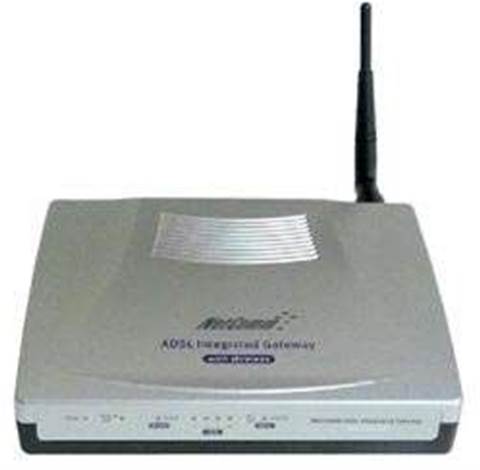OPINION: The advent of wireless broadband transmissions has brought with it a raft of technical and legal obstacles.
Included is a rigorous set of legal restrictions concerning the deployment of the necessary wireless infrastructure.
In this edition of Legal View, we set out the legal issues that telecommunications, ISP and radio communications service providers generally need to be aware of.
Under the Telecommunications Act, where a network unit is owned by one or more persons, and the unit is used to supply a carriage service to the public, the owner(s) of the network unit must either hold a carrier licence or ensure that a nominated carrier declaration is in force in relation to the network unit.
Generally, it is therefore pertinent for providers to acquire a telecommunications carrier licence before deploying network infrastructure and bringing wireless communications channels online. Carrier license application costs payable to the Federal Government have been significantly decreased from $10,000 to $2000 and the fixed component of the annual carrier licence charge from $10,000 to $1000. There are also annual variable charges that apply, dependant on the carrier’s eligible annual revenue flowing from the relevant services.
Carrier license applications require the submission of comprehensive documentation to the Australian Communications and Media Authority, including significant information about the applicant, the type of network owned, or proposed to be owned, by the applicant, the type of services to be provided, and compliance policies containing strategies for compliance with protection of communications, national interest matters and co-operation with agencies.
Once a carrier licence is acquired, the carrier can subsequently supply a carriage service to the public via its wireless network infrastructure.
Deployment issues
The carrier licence is only the first hurdle that must be overcome by the carrier before it can deploy its network.
The Government has imposed a whole raft of legal obligations on wireless service providers. Some are connected with telecommunications law, some with radio communications law and others with leasing arrangements, emission laws, privacy, e-security, interception, national security and other important issues.
In relation to the deployment of facilities, the applicable law will generally depend on the size and location of the proposed facilities. For larger, more significant telecommunications facilities such as telecommunications towers, the applicable law will be the law imposed by the local and state government authorities on the carrier. Generally, permit applications to the relevant local council will be necessary, and these may be subject to objections from local residents. Carriers may find that with the recent contentious media hype surrounding the cancer cluster scare at RMIT in Melbourne, that objections may more likely be submitted based on fears of potential electromagnetic radiation from any proposed facility.
The permit applications will also be subject to a whole regime of property development laws.
In respect of smaller facilities that are deemed “Low Impact Facilities” under the Act, the carrier will be able to circumvent the local authorities’ permit application process so long as the carrier complies with the regulatory arrangements for design and siting and notification and compensation, amongst other things.
It is advised that any ISP planning on deploying wireless infrastructure consult a lawyer who specialises in this area.
Without the proper advice the carrier can be left with equipment that is non-compliant and therefore inoperable.
There are codes of practice, industry forum codes, planning schemes and a raft of other legally binding provisions that must be adhered to before the provider can focus on tapping the revenue stream from its infrastructure.
Disclaimer: This column is for general informational purposes only. It is not legal advice nor is it a substitute for legal advice. Readers should seek legal advice on their own particular circumstances. Alan Arnott is a technology & telecommunications lawyer with qualifications in computer science and law with Arnotts Lawyers in Sydney. For more information, please visit http://www.technologylaw.com.au or http://www.arnotts.net.au.
Restrictions around wireless infrastructure
By
Alan Arnott
on Aug 31, 2006 12:07PM

Got a news tip for our journalists? Share it with us anonymously here.
Partner Content
.jpg&h=142&w=230&c=1&s=1)
New Microsoft CSP rules? Here’s how MSPs can stay ahead with Ingram Micro

MSPs with a robust data protection strategy will achieve market success

Guiding customers on the uneven path to AI adoption
.png&h=142&w=230&c=1&s=1)
How mandatory climate reporting is raising the bar for corporate leadership
_(21).jpg&h=142&w=230&c=1&s=1)
Empowering Sustainability: Schneider Electric's Dedication to Powering Customer Success







.jpg&w=100&c=1&s=0)










